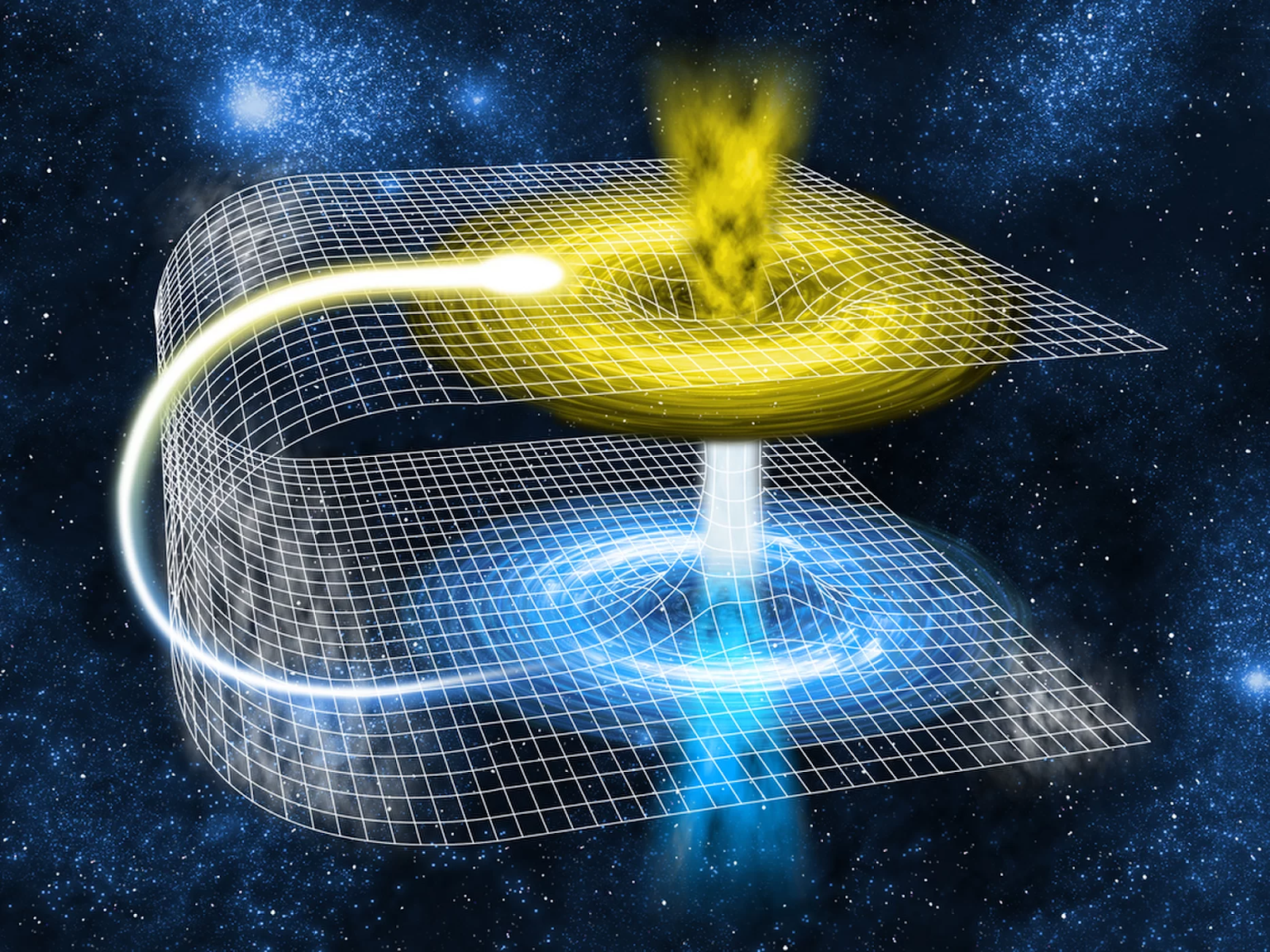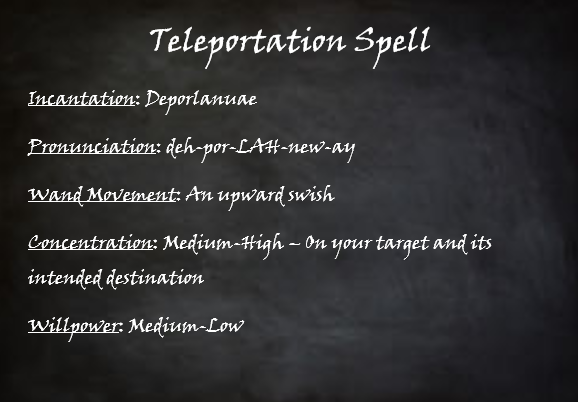Announcements
Welcome to Transfiguration!
11/25/22 - PA Applications will open January 1. Applicants should have completed all Year One assignments, including essays, and have at least an 85% in the course.
Please read the following before beginning this course or reaching out to Professor Mitchell or her PAs with questions.
1. If you have any questions about the course content, please reach out to any of the Transfiguration 501 Professor's Assistants. A list of current PAs can be found on the right side of this page. Please note that owls asking for the specific answers to quiz or essay questions will not be tolerated.
2. If you have submitted an assignment and are waiting for your grade to be returned, please do not reach out to the professor or PAs asking when it will be graded. Our grading team is composed entirely of volunteers and grading can occasionally take a little while due to both the number of assignments submitted and the real life commitments of our team. Please be patient.
3. If you believe your assignment has been graded in error, please reach out to either Professor Mitchell or Dane Lautner with the Grade ID (found in your Gradebook) for the assignment in question along with an explanation of what you believe is incorrect. Please ensure your message is respectful or your appeal will be denied.
4. If you have any comments or feedback about the course, please send an owl to Professor Mitchell.
Lesson 5) Teleportation
One Way or Another
Welcome![]() Shoo bee doo bee doo wop
Shoo bee doo bee doo wop ![]() There was music playing while the Fifth Years entered the Transfiguration classroom for their midterm lesson. Professor Mitchell was writing the day’s spell details upon the board and dancing along to the music. “Please have your homework out on your desk, I’ll collect it shortly,” she called out without turning around. Writing the willpower level out with a flourish of the chalk, and hearing that most of the class was seated, the professor picked up her wand and waved it over her head. The papers from every desk vanished and a neat stack appeared on the table up front. With another wave of her wand, a different stack of parchment disappeared from the professor’s desk and each student found a graded quiz in front of them.
There was music playing while the Fifth Years entered the Transfiguration classroom for their midterm lesson. Professor Mitchell was writing the day’s spell details upon the board and dancing along to the music. “Please have your homework out on your desk, I’ll collect it shortly,” she called out without turning around. Writing the willpower level out with a flourish of the chalk, and hearing that most of the class was seated, the professor picked up her wand and waved it over her head. The papers from every desk vanished and a neat stack appeared on the table up front. With another wave of her wand, a different stack of parchment disappeared from the professor’s desk and each student found a graded quiz in front of them.
“Umm, excuse me, Professor Mitchell?”
“Yes, Miss Potts?” The professor turned to address the student who had spoken.
“This is Sarah’s quiz…”
“Ah, well, yes, that can happen. If you have the wrong quiz, please pass it over to its rightful owner. And that, my friends, is why you should always focus more on your spells than your theatrics.”
Introduction
Today’s lesson, and indeed the few that will follow, may not appear to have anything to do with transfiguration. However, I thought it would be prudent to give you a basic comparison between vanishment and things that merely appear to be vanishment, but are often another area of magic altogether. Medical vanishment, as discussed last week, is one such area. Today we will be discussing various modes of teleportation, some of which you may have already covered in Magical Transportation, but a little review never hurt anyone.
Here to There
Teleportation: the act of moving something from one location to another, instantaneously. There are numerous means of teleporting objects and living creatures, wizards included. You have things like Floo Powder, portkeys, and vanishing cabinets (which we will be discussing next week), summoning from a distance, teleportation spells, and the well-known Apparition. All of these methods are theorized to work in different ways. Floo Powder is a physical dust that exhibits a magical interaction with fire when combined, creating a series of momentary teleport tubes of sorts between fireplaces that are connected to the system. As always, we are not sure exactly how this works, but many believe the reaction creates a strong burst of magic that can precisely and momentarily bend the spaces between hearths. Portkeys and Apparition are similar, though much more direct. Rather than making many small jumps from fireplace to fireplace, you’re making one long leap to your final destination. This is why these modes of transportation can make you feel even more queasy and give you the sensation that you’re being squeezed through a small tube. The slit in space through which you are moving is very small, and you are moving through it very fast. That is the working theory, at least. Even Muggles have theories on teleportation, such as those of relativity, wormholes, and quantum teleportation, but that is a discussion for another day. As I mentioned, vanishing cabinets will be among the topics for next week’s lesson and our focus today is on teleportation spells and summoning from a distance.

Compare and Contrast
I will leave the teleportation of people and other living things to Professor Riley and only be touching upon inanimate targets in this class. Much of this theory, in all honesty, is remarkably similar to that which we discussed last year with the General Switching Spell. If you recall, we discussed the question of whether the particles of our two targets for the spell scatter at location A, fly through the air, and then reassemble at location B and vice versa, or simply transform at their respective locations like any other transformation spell. The two spells we will learn today are the Teleportation Spell and the Faraway Summoning Charm. While very similar in action and identical in theory, they are slightly different in casting. The former transports an item that you have with you to somewhere else, while the latter brings something from far away to you. Unlike the Banishing Charm and the Summoning  Charm, these are done via teleportation in a matter of seconds rather than by the movement of the item in your typical frame of reference. Interestingly, many in the transfigurative field consider both of these spells to be switches, as they act generally the same as the General Switching Spell, but without the second target.
Charm, these are done via teleportation in a matter of seconds rather than by the movement of the item in your typical frame of reference. Interestingly, many in the transfigurative field consider both of these spells to be switches, as they act generally the same as the General Switching Spell, but without the second target.
So, moving on into how these spells work. One of the theories is identical to that of the General Switching Spell; namely that the particles of the object “fly” through the air to reassemble at their target location. Another option is similar to that of the human transportation methods I mentioned earlier, in which space is bent in such a way to allow the direct passage of the item from its starting to ending location. While this is the favored theory for Floo Powder, portkeys, and Apparition, there is more hesitation to accept it when talking about the Teleportation Spell. This is because we can personally and physically feel the effects of transportation when we experience it ourselves. We can see pieces of the world spinning around us and physically feel the pull of the pull of the magic squeezing us through space. This phenomenon largely discredits the idea that our very being is scattered in the process of transportation, though some argue that it may still be the case. These believers say that what we see and feel is merely our consciousness trying to wrap itself around the concept of travelling at warp speed without a body. When casting on inanimate targets, however, we do not have this evidence of the item moving in one piece, so we tend to lean towards more simple-sounding theories that are easier to contemplate.
Before the laws regarding conjuration were established, the most common explanation for any type of teleportation spell was that the item was merely vanished at its starting location and conjured at its target location. Knowing what we know now about conjuration and the nature of conjured items, it is abundantly clear that your teleported object is not, in fact, conjured, at least not in the typical sense. It does not disappear after a period of time and it is not restricted by the Principle Exceptions to Gamp’s Law. That must mean, then, that the object is not originally vanished. So how do the two processes differ?
The first difference we must note is the way both targets “disappear.” In vanishment, the atoms scatter and are transfigured to meld with the surrounding environment. The particles of a teleported object must maintain their original structure, in some form. Whether that form is together in one piece, traveling through a slit in space, or essentially aerated, floating above our heads to get to their target destination, we do not know. Additionally, the essence of a teleported target is not eradicated like it is when its host is vanished. This key point indicates an inherent contrast in the nature of the types of magic at play in these two processes. If you remember back to Lesson One, vanishment magic is strong, powerful, and erratic. Teleporting magic, however, is agile, fast, and light. That said, the target can occasionally get “lost” when particles wander too far. This leads the magic to release itself in a sudden burst, a last-ditch effort, if you will, that results in one of two scenarios: the target is pulled from wherever it got lost and reappears in a seemingly random location, or the target is vanished permanently.
The Teleportation Spell and the Faraway Summoning Charm
Ready to put what we’ve been talking about into action? Before I let you cast our two spells of the day, I’d like to make a note of the differences in your mental casting compared to the General Vanishment Spell. While I don’t believe you will find these spells difficult nor need to think too hard about these changes, I feel it helps your understanding of the magic to acknowledge what’s going on in that head of yours. The required levels of concentration for vanishing and teleportation spells are actually quite similar. The difference comes in where that concentration is directed. For vanishing, your focus is purely and completely on the item to be vanished, as the raw magic is relatively difficult to control between your wand and your target. For teleportation, on the other hand, you want to be trying your hardest to think of nothing other than the starting and ending destinations of your target and its safe travels from here to there. This is because the most likely place for the spell to fail is somewhere in the middle. Your willpower, on the other hand, need not be as high. While an object will inherently resist your attempts to move it to another locations, its will to remain in one place is much less than the will to exist, which is what you must overcome to vanish it. Do you have all of that? Excellent! The spells’ details are up on the board. I’d like you all to first practice teleporting your quill from your desk to mine using the Teleportation Spell and then transporting it back using the Faraway Summoning Charm. If you need any extra quills, I have some up front.


A word of caution to you all: these spells are only meant to be cast on inanimate objects. While they will theoretically work on living targets, their risk of failure increases exponentially. There is a separate teleportation spell that is intended for use on creatures and people that is much safer, though much more difficult. If I find any of you attempting this spell on anything that breathes or moves, you will find yourself in the headmistress’s office before you can say “poof.”
Historical Context
While not exactly historical in context, you all have had experience with both of these spells in your life, right here at Hogwarts. How many of you have been down to the kitchens? Yes, all the Hufflepuffs and most of the rest of you, excellent. Well, if you go down there, you will notice the setup is rather strange. In the middle of the room, there are four long tables that mirror those in the Great Hall above. These were not just placed there so that the House Elves could practice their table setting! No, many of the serving dishes here at Hogwarts are enchanted in a very special way. All the plates and bowls you see on the tables in the Great Hall have a partner in the kitchens below, both enchanted with the Teleportation Spell and the Faraway Summoning Charm as part of the Transportation Form. Whenever a feast begins, the dishes are activated to teleport the food from below to the tables above!
What makes this snippet of information even more fascinating is that it was Helga Hufflepuff’s granddaughter, Bronwyn Hufflepuff herself, who invented these “neverending plates” (so named as the original was charmed with an Initiation Form such that the plate would activate as soon as it was empty so that you may never run out of food, so long as the opposing plate was restocked). Since then, they have been used at every major feast here at Hogwarts and are common at large weddings and banquets.
Conclusion
Oh, goodness, look at the time. This is where we will end our lecture for the day as you all still need to complete your midterm. You will have an essay portion and a test portion, as always, but the test portion will include a few review questions from previous years as well to help get you all ready for your O.W.L.s that are coming up in just a few short weeks!
*Wormhole image credit: https://www.shutterstock.com/g/eugendobric*
*Quantum teleportation image credit: https://gizmodo.com/theres-no-cloning-in-quantum-mechanics-so-the-star-tre-1765373701*
*Teleporting image credit: https://consciouslifenews.com/beam-teleporting-real-trekkie-transport-isnt/1192277/#*
- TNFG-401
Enroll
-
Practicing Your Teleporting
Essay -
Midterm Essay
Essay -
Midterm Test
Test
-
Dane Lautner
Head Student
-
Claire Peters
Professor's Assistant
-
Isobel Watford
Professor's Assistant


